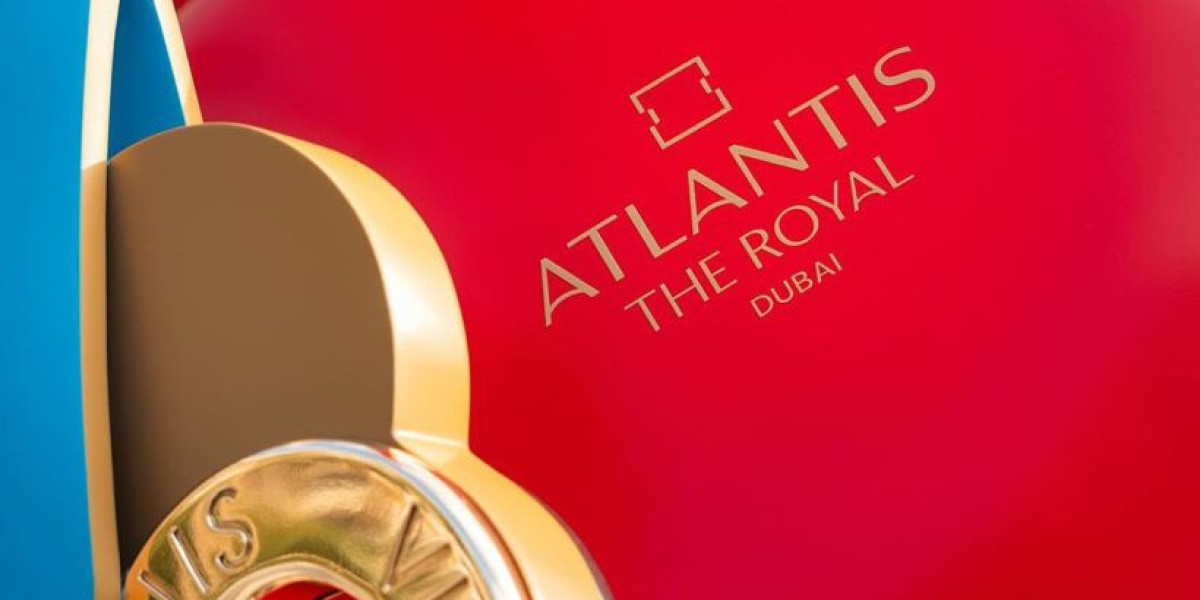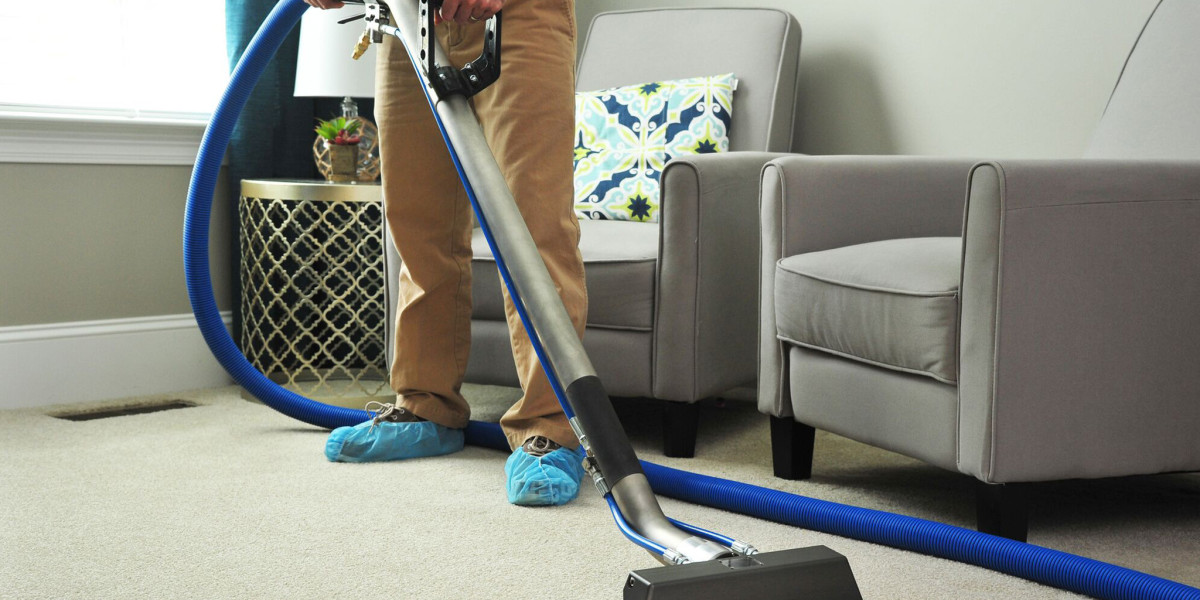As Qatar continues its journey toward becoming a diversified, innovation-driven economy, one technology is making a significant impact across industries — 3D printing. From architecture and healthcare to automotive and product design, 3D printing in Qatar is transforming how startups and innovators develop, test, and launch their ideas.
In this guide, we explore how startups and entrepreneurs in Qatar can harness the power of 3D printing to bring their visions to life faster, more affordably, and with greater design flexibility.
What Is 3D Printing?
3D printing, or additive manufacturing, is a process of creating three-dimensional objects layer by layer from a digital file. It allows you to prototype designs quickly, manufacture customized parts, and even produce end-use products with minimal waste.
For startups, this means a faster product development cycle and the ability to iterate quickly without relying on expensive and time-consuming traditional manufacturing.
Why 3D Printing Is Gaining Momentum in Qatar
With the support of Qatar National Vision 2030 and increased focus on smart manufacturing, 3D printing in Qatar is growing rapidly. Government-backed initiatives, industrial diversification, and the rise of tech-focused SMEs have led to increased demand for digital fabrication technologies.
Qatar’s robust infrastructure, free zones, and innovation hubs like Qatar Science & Technology Park (QSTP) make it an ideal environment for 3D printing-based startups to thrive.
Benefits of 3D Printing for Startups
1. Rapid Prototyping
3D printing allows entrepreneurs to create prototypes in days instead of weeks. Whether you’re developing a consumer gadget, a medical device, or a mechanical part, you can iterate faster and test multiple versions with ease.
2. Cost Efficiency
Traditional manufacturing requires expensive tooling and molds. In contrast, 3D printing eliminates these setup costs, allowing startups to create small batches or one-off models without breaking the bank.
3. Customization
Need a product tailored to individual user needs? 3D printing supports mass customization — ideal for wearables, dental devices, or ergonomic tools — without altering production lines.
4. Reduced Waste
Additive manufacturing uses only the material needed to build the part, making it more sustainable and aligned with Qatar’s environmental goals.
5. On-Demand Manufacturing
Startups can avoid stockpiling inventory by producing parts as needed. This just-in-time approach minimizes storage costs and risk of obsolescence.
Industries in Qatar Embracing 3D Printing
Architecture & Construction: From scale models to innovative structural components, 3D printing is aiding Qatar’s rapidly growing real estate and infrastructure sectors.
Healthcare: 3D printing is used to create prosthetics, surgical models, and customized implants tailored to individual patients.
Automotive & Aerospace: Startups in mobility and drone technologies use 3D printing for lightweight components and aerodynamic testing.
Education & R&D: Universities and research centers in Qatar integrate 3D printing into STEM programs and innovation labs to encourage student-led inventions.
How Startups Can Get Started with 3D Printing in Qatar
1. Partner with a 3D Printing Service Provider
Instead of buying expensive machines, many startups begin by working with local 3D printing experts. Services like 3DWorks in Qatar offer design support, rapid prototyping, and production-grade printing using materials like PLA, ABS, nylon, resin, and even metal.
2. Learn the Basics of CAD Design
Most 3D printing starts with a digital model. Tools like Fusion 360, TinkerCAD, or SolidWorks are popular platforms for designing printable objects. Many Qatar-based training centers offer beginner-friendly CAD courses.
3. Choose the Right Material and Technology
Depending on your project, you’ll need to decide between FDM (fused deposition modeling), SLA (stereolithography), SLS (selective laser sintering), or metal 3D printing. Each has advantages based on precision, durability, and cost.
4. Leverage Government and Incubation Support
Qatar offers several startup incubation and funding programs. QSTP, Qatar Development Bank (QDB), and Digital Incubation Center (DIC) all support innovation-driven businesses, including those using 3D printing in Qatar.
Challenges to Be Aware Of
While 3D printing offers numerous benefits, startups must also consider:
Design limitations if not using the right software or print settings
Material availability and cost for specialized applications
Quality control in complex or high-strength parts
Intellectual property protection in digital manufacturing
Working with experienced 3D printing professionals can help overcome many of these challenges.
Final Thoughts
Whether you're building a prototype for investor pitches, creating customized parts for clients, or developing a market-ready product, 3D printing in Qatar opens up endless possibilities for startups and innovators. With the right strategy, partners, and mindset, entrepreneurs can shorten development cycles, cut costs, and innovate faster than ever before.
Qatar’s commitment to technological advancement, combined with world-class infrastructure and growing demand for smart manufacturing, makes it the perfect environment for 3D printing-driven entrepreneurship.
If you're a startup founder in Qatar looking to turn your idea into reality, now is the perfect time to explore the power of 3D printing.





